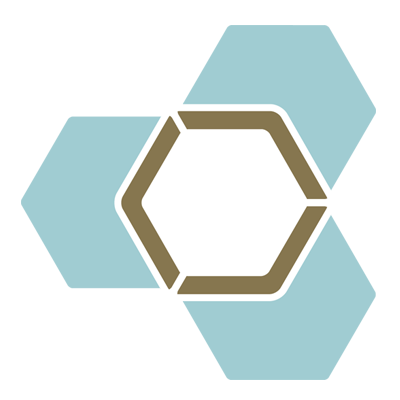Golf Fitness and Performance
Hi, I am James Petts, Physiotherapist at Skye Health. This week's blog is about golf, injury prevention, and swing optimization. Like many of you, I really enjoy spending time outside during the summer. What better way to get out than walking around a golf course smacking a little white ball! Golf is a demanding sport and requires complete body cohesiveness and complicated biomechanics both of which can be upset with injury or imbalances. Let’s examine the golf swing and how we can keep you on the course.

-
-
-
-
-
-
-
-
Pain and The Golf Swing
The amount of pressure placed on the body from the golf swing, especially during the downswing to follow-through, is tremendous; this is especially true for inefficient golf swings. The results could be strained muscles, injured vertebrae, herniated lumbar discs, spondylolysis, and spinal and rib stress fractures. However, it’s not only a poor swing that can lead to pain; muscle imbalances, lack of endurance, immobility, and instability can put you at risk of injury.
If you currently have pain or feel you could move more efficiently, then it is important to evaluate your ability to perform the movements required for a golf swing. I have completed a program with the Titleist Performance Institute (TPI) which allows me to perform a quick physical screen analyzing the movements required for an efficient swing. This screen will identify physical limitations that may be affecting your swing. This information is used to create a treatment plan that is 100% individualized to you. Treatment will address lack of mobility or lack of stability through a combination of manual therapy, stretches, and strengthening exercises.
A Strong Core Means a Strong Game
Golf is reliant on core muscle strength. The core includes the trunk, diaphragm, abdomen, spine, hips, glutes, and pelvic region. A strong core is essential to preventing injuries and performing at your best. All movement related to the golf swing should be grounded from a stable core. To improve your core strength you can practice good posture and exercises that focus on strengthening and stabilizing. I have extensive experience using Pilates (APPI and STOTT Pilates) as part of my treatment techniques. Pilates may be utilized as a part of your individualized program.
Improve Your Swing and TPI
Each individual’s game can differ, so a true evaluation of your swing can be beneficial. Titleist Performance Institute screen can assess an individual golfer’s muscle imbalances and golf swing. This golf-specific screening is gaining popularity among golf professionals, healthcare and fitness professionals. As a member of TPI, my goal is to provide a team approach to improving your game. If you have a golf professional or personal trainer, communication can optimize your treatment plan. If there are certain restrictions that cannot be overcome the communication between the Physiotherapist and your teaching golf professional is vital. Rather than performing movements that your body mechanics prohibit, golf professionals can optimize your swing while allowing for your individual limitations.
Decrease Fatigue, Increase Mental Focus
In addition to the big aspects of a golfer’s game, small changes can add up to improved performance as well. Golf is as mental as it is physical. If you have a few bad holes it can really sink your game and you can lose focus. Here are some simple tips to keep in mind that can sharpen your mind, decrease fatigue and improve your game:
- Warm up: Spend at least 15 minutes doing warm-up activities, such as slowly going through the movements of your swing, walking, doing lunges and shoulder and neck stretches.
- Stay hydrated: Many may enjoy an adult drink during the game, but don’t forget to drink plenty of water! Water will keep you hydrated and clear-minded.
- Healthy snacks: Some people prefer to pack protein-rich snacks like nuts or dried fruit to keep up their endurance.
- Sun protection: The last thing you want is a headache and a sunburn. Pack sun gear such as a hat, sunglasses, and sunscreen.
- Golf bag: One-shouldered golf bags place unnecessary stress on one side of your spine and shoulders. A two-shouldered golf bag evenly places pressure across both shoulders.
- Properly fitted clubs: Clubs should be fitted to your height. A long putter can assist with relieving lower back pain by decreasing the amount of strain placed on the lumbar region.
- Meditation: I am a strong advocate of mindfulness in all aspects of life. This can be especially beneficial for sports performance. I recommend using an app like Smiling Mind (free) which offers sport-specific meditations.
Conclusion
Improving your game shouldn’t put your body at risk. Following some of these tips and recommendations can help you prevent injuries while hopefully lowering your golf score. Our goal at Skye Health is to help you play better and longer by preventing any injuries associated with golf. If you currently have a golf-related injury or just want to optimize your game, give us a call.
James Petts
Physiotherapist
Titleist Performance Institute Certified - Medical Level 2

